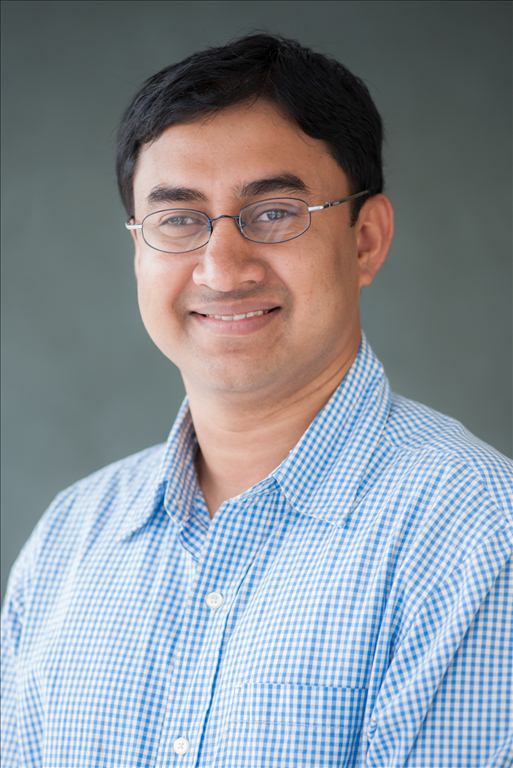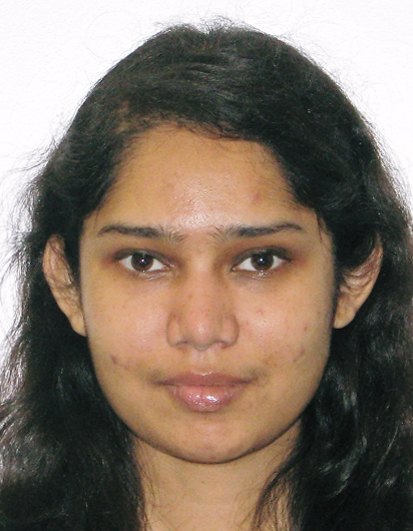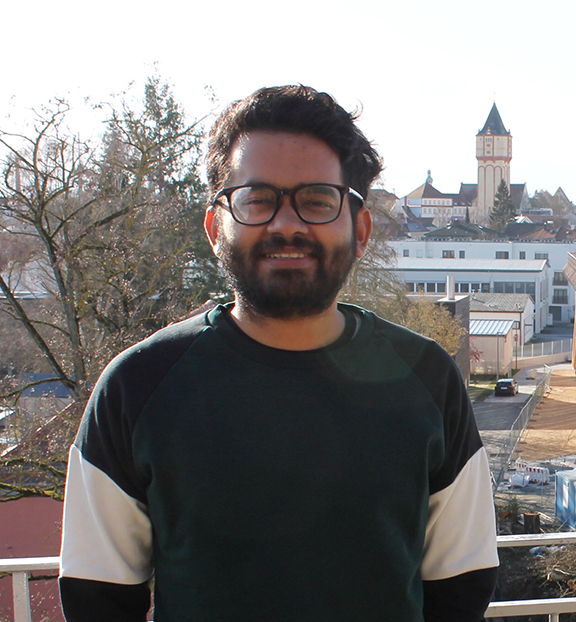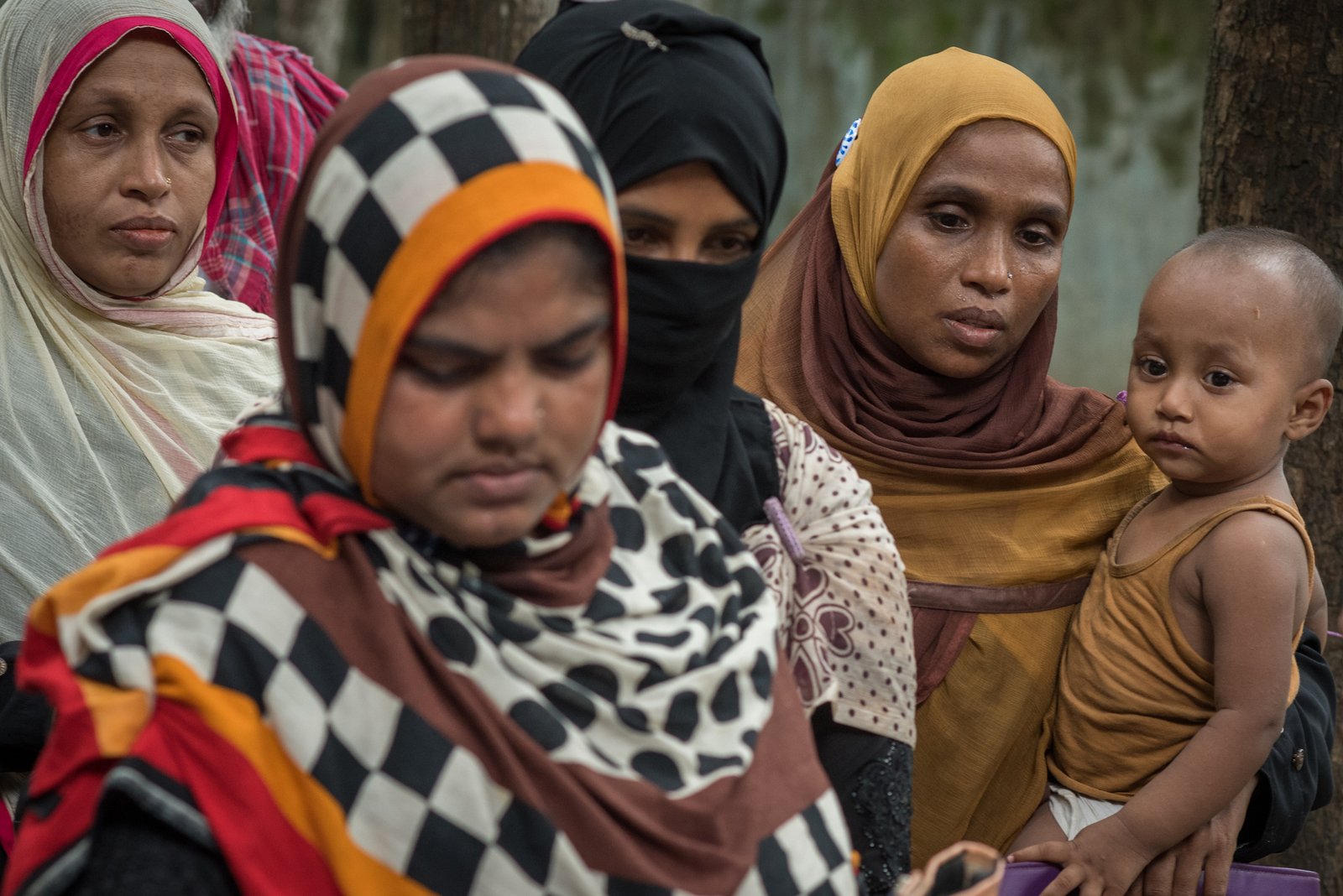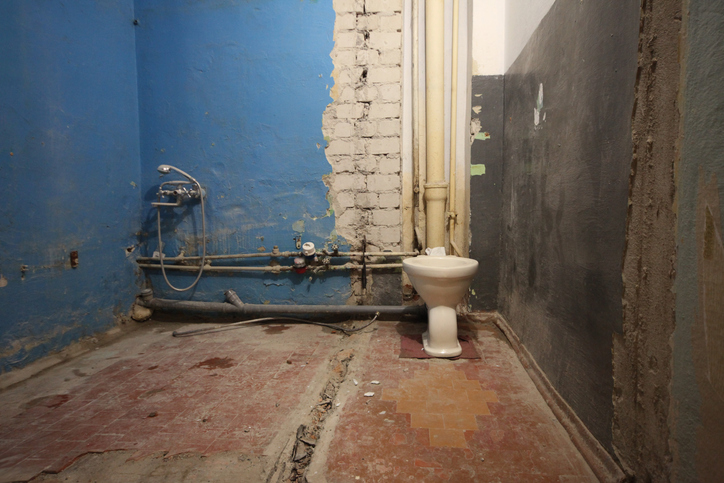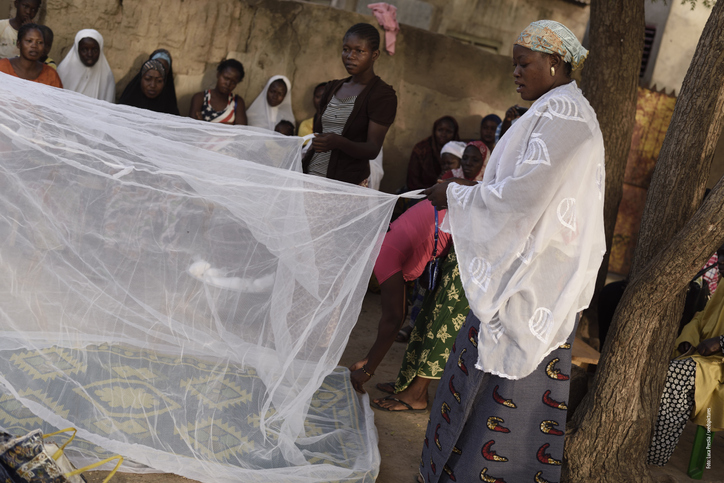Protecting the vulnerable from starvation and malnutrition during the pandemic is a new challenge facing many developing countries. This column reports evidence from rural households in Bangladesh showing increasing rates of ‘food insecurity’ – lack of access to sufficient nutritious food to meet their dietary needs. The authors argue that given the extent of jobs and income loss, addressing the Covid-19 crisis requires generous social support to arrest the spread of food insecurity and mitigate the adverse effects on health and wellbeing.
Covid-19 threatens the lives and livelihoods of people globally. Following the outbreak, countries around the world took measures to lock down markets and restrict movements to prevent the spread of the virus. Although vital in containing the disease, these measures also cause a high cost to the poor and vulnerable in developing countries, as it disrupts their employment, earnings, and purchasing power.
Poor people in developing countries often rely on income from daily casual labor and the informal sector that only allows them to have little savings and food stock for the future. Besides, poor institutions and lack of social safety nets in the developing world often fail to protect the vulnerable during crises.
Thus, economic lockdowns in developing countries threaten the poor in terms of livelihood, hunger, and economic welfare. It is estimated that more than a quarter of a billion people could face starvation during the pandemic, which could further increase their vulnerability to various diseases. Therefore, protecting the vulnerable from starvation and malnutrition during the pandemic is a new challenge that many developing countries now face.
In a new study, we provide evidence on food insecurity (lack of access to sufficient and nutritious food to meet dietary needs) within poor households during Covid-19. We conducted a telephone survey in April of 9,847 rural households in southwestern Bangladesh to find out which ones struggle with food security during the pandemic and how they cope with such adversity. We also followed up with 2,402 of them in May, almost a month after our initial survey, to understand how food insecurity within households deteriorates over time. Our survey households have very similar characteristics to average rural households in Bangladesh.
Bangladesh ranks very poorly in the global food security ranking (83 out of 113 countries in 2019 – worse than neighbors India, Nepal, Pakistan, and Myanmar) and the country has been adversely hit by the pandemic. For example, 13 million of its working population has already been permanently laid off from work and an additional five million people are expected to be in extreme poverty due to Covid-19. Thus, the food security situation in Bangladesh is similar to that in many other developing countries and requires immediate attention from policy-makers.
Most households experienced a negative income shock and were food-insecure immediately after lockdown
From our initial survey (wave 1), we find that 90% of the households have experienced partial or complete income loss following lockdown, more than 80% of the households experienced mild to severe food insecurities, and more than 50% of the households experienced moderate to severe food insecurities.
The findings show that households with no change in income are mostly food-secure, but food insecurity appears to increase with income loss (see Figure 1). Moreover, moderate to severe food insecurity is higher among households that experienced a complete loss of income than households that only experienced a partial loss of income.
Households that are primarily in occupations without job security, such as farm and daily casual laborers, were initially affected the most in terms of food insecurity. On the other hand, households that own businesses and are involved in public sector jobs are the least affected in terms of food insecurity. This suggests that households with higher job security tend to be more food-secure than households with very low job security.
Figure 1: Food insecurity and income loss during the first wave

Savings, loans, and food stocks are the main coping strategies
Figure 2 shows that households primarily rely on previous savings, food stocks, and loans to cope with income loss. In particular, households with higher savings and food stocks are relatively less food-insecure, and households are more likely to take out loans when they are more food-insecure. Moreover, household borrowings increased for severely food-insecure households, which took out more loans than households with mild to moderate food insecurities. Support from government was very low.
Figure 2: Coping strategies by food insecurities during the first wave

Food insecurities appear to be dispersing rapidly into groups that were formerly food-secure
Using the follow-up responses from 2,402 rural households (out of the 9,847 households from the first wave), we find that food insecurity among households deteriorated further during the pandemic and lockdown.
Figure 3 shows that the proportion of food-secure and mildly insecure households dropped in the second wave (roughly by 10 percentage points), while the number of severely food-insecure households drastically increased during the second wave (roughly by 30 percentage points), implying a probable shift.
Moreover, among the households that were food-secure in the first wave, roughly 88% of such households experienced a deterioration in food security: they became food-insecure from being secure. In contrast, among the households that were food-insecure in the first wave, only 1.5% experienced an improvement in food security (becoming food-secure from being insecure).
Our analysis suggests that food insecurities are dispersing rapidly into groups that were formerly food-secure. The traditional coping mechanisms such as using informal borrowing or lending, past savings, and help from friends, relatives or neighbors can work for only a short period of time. With no indication of improvement in food security among the affected households, the pattern of such transmission suggests that food insecurity would inevitably catch-up with the remaining food-secure households if drastic measures are not taken by policy-makers to arrest the spread at the earliest opportunity.
Figure 3: Food insecurity across the two waves

Concluding remarks
Despite reports in the national and international media, data are lacking on how food security is evolving during the Covid-19 pandemic, and how to target households most at risk of acute food insecurity. Our rapid household surveys present evidence of the relationship between income loss and food insecurity during the pandemic.
Overall, the results suggest that most rural households lost their income and only a few of them are food-secure during the pandemic. We also learn about the major coping strategies undertaken and the rapid dispersion of food insecurities across households.
Our study identifies households most at risk of severe hunger and food insecurity in an already vulnerable population. This should help governments, NGOs and humanitarian agencies to make effective decisions during emergencies in resource-poor settings, on the optimum content and duration of food support, and on ideal target recipients.
Food insecurity is affecting intake of nutritious food at a time when having such a diet is critical for staying healthy and maintaining a strong immune system to provide protection from coronavirus. Furthermore, food insecurity will not only further damage health and physical wellbeing but may also affect mental health and psycho-social wellbeing, particularly among women and children. Action is needed to identify and provide immediate support to households with a critical need for food.

